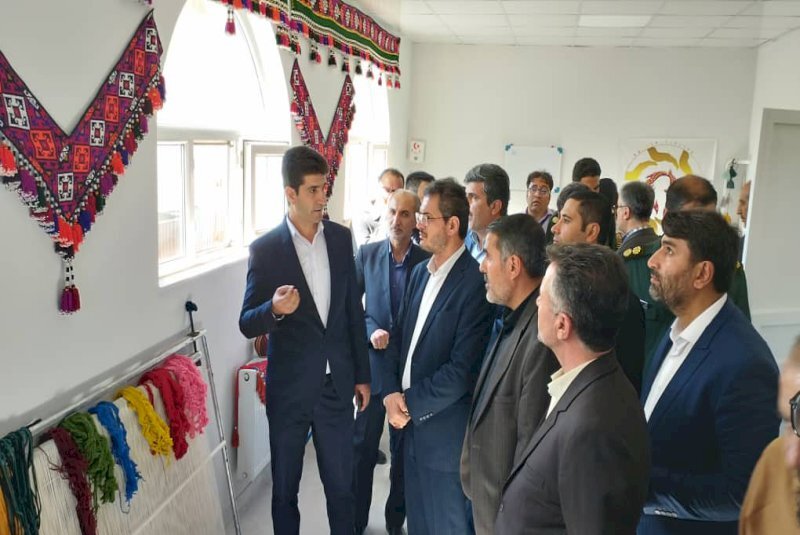TEHRAN–A center dedicated to local handicrafts and traditional arts has recently been inaugurated in Sanandaj, the western province of Kordestan, the provincial tourism chief has said.
The complex is one of the largest handicrafts complexes in the west of the country, which has created some 110 job opportunities for the locals, Yaqub Guylian explained on Tuesday.
There are three floors and 22 workshops at this complex, where handicraft masters, artisans, and craftspeople could come together to produce valuable and certified handmade products, the official added.
The name Kordestan refers to the region’s principal inhabitants. After the Turkish invasion of Iran in the 11th century CE (Seljuk period), the name Kurdistan was applied to the region comprising the northwestern Zagros Mountains. It was during the reign of Abbas I the Great of Iran’s Safavid dynasty (1501–1736) that the Kurds rose to prominence, having been enlisted by Abbas I to help stem the attacks of the marauding Uzbeks from the east in the early 17th century.
With 14 entries, Iran globally ranks first for the number of cities and villages registered by the World Crafts Council, as China with seven entries, Chile with four, and India with three ones come next. For instance, Shiraz is named a “world city of [diverse] handicrafts”, Malayer is a global hub for woodcarving and carved-wood furniture, while Zanjan has gained the title of a “world city of filigree.”
In addition, the ancient city of Shiraz has been chosen to host the 39th General Assembly of the World Crafts Council-Asia-Pacific Region (WCC-APR) in May 2023. Shiraz has a remarkable amount of handicraft pioneers. With an average age of 70, some of these pioneers are still active at their workshops. The occupational records of about 100 pioneers are collected and are annually praised by the custodians of the WCC General Office.
Available data compiled by the Ministry of Cultural Heritage, Tourism, and Handicrafts suggests the value of Iran’s handicrafts exports stood at $120 million during the first eleven months of the Iranian calendar year 1399 (March 20, 2020–February 18, 2021), Mehr reported. The country’s handicrafts exports slumped during the mentioned months in comparison to the same period last a year earlier due to the damage the coronavirus pandemic has inflicted on global trade.
The Islamic Republic exported $427 million worth of handicrafts during the first eleven months of the calendar year, 1398 (started March 2019). Of the figure, some $190 million was earned via suitcase trade (allowed for customs-free and tax-free transfer) through 20 provinces, according to data compiled by the Ministry of Cultural Heritage, Tourism and Handicrafts. Ceramics, pottery vessels, handwoven cloths as well as personal ornamentations with precious and semi-precious gemstones are traditionally exported to Iraq, Afghanistan, Germany, the U.S., the UK, and other countries.


No comments:
Post a Comment